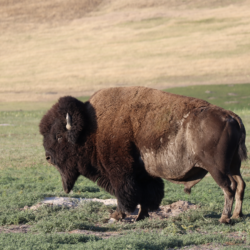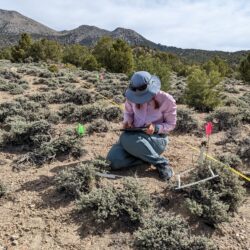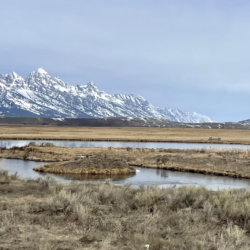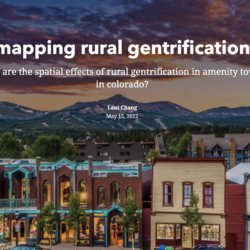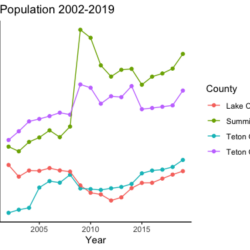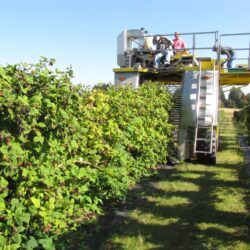Can Bison Shape the Prairie?—Ross Martin
There’s a bull bison rolling on the ground. Hooves point skyward as the bull’s body moves—rocking, kicking, sliding on a carefully chosen patch of earth. Dust hangs in the hot summer air. Other bison look on at the commotion, then return to grazing. A calf imitates the bull, playfully rolling under mom’s legs. What are Read more about Can Bison Shape the Prairie?—Ross Martin[…]

